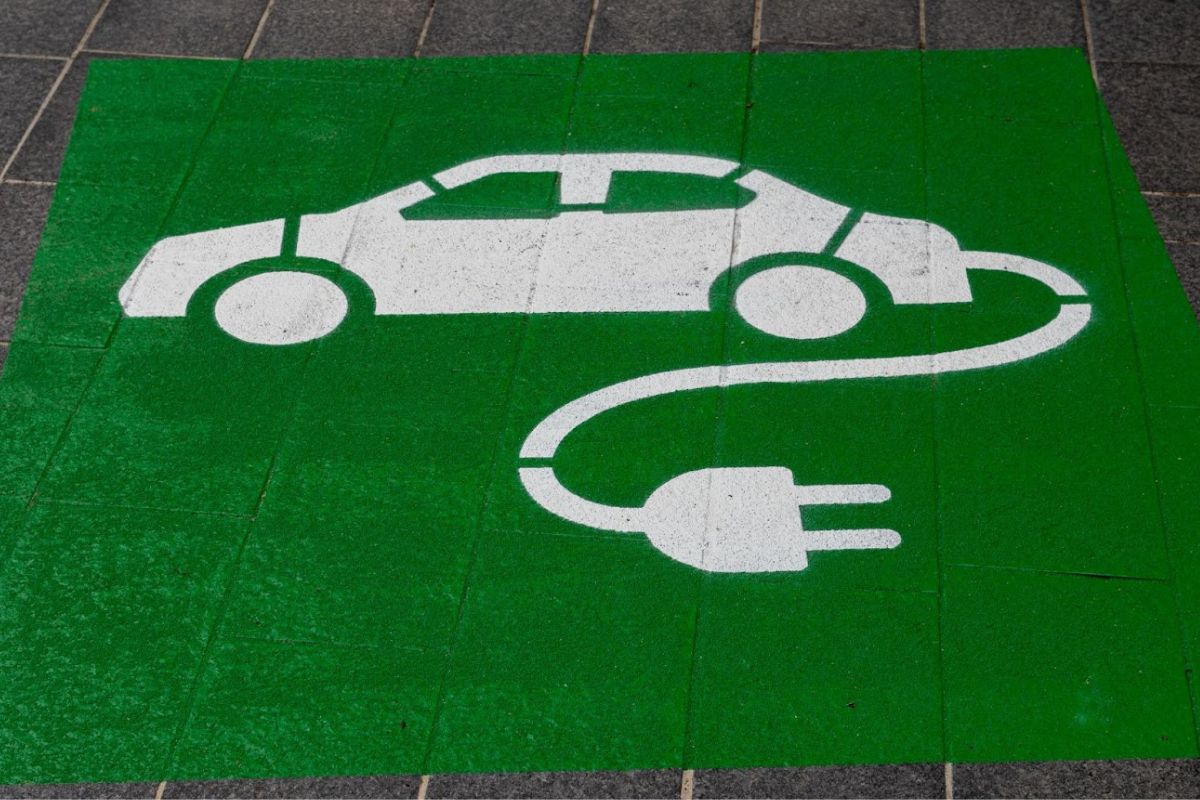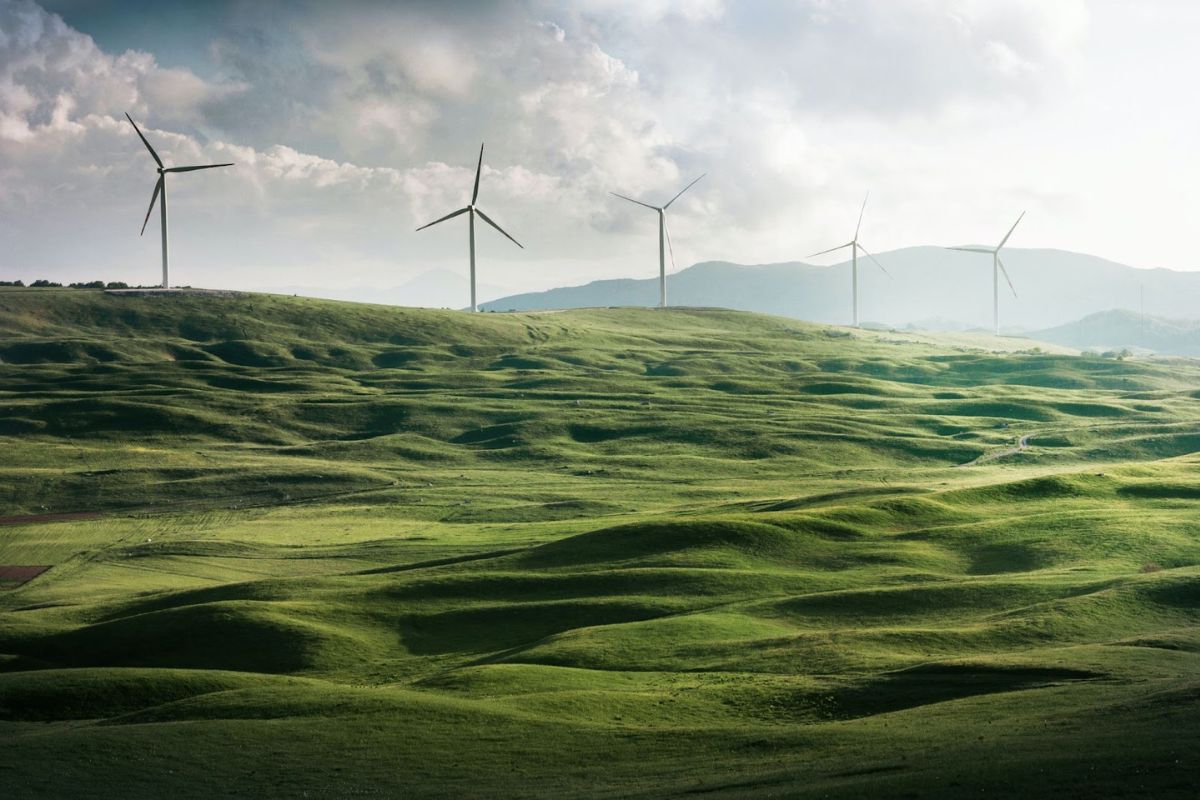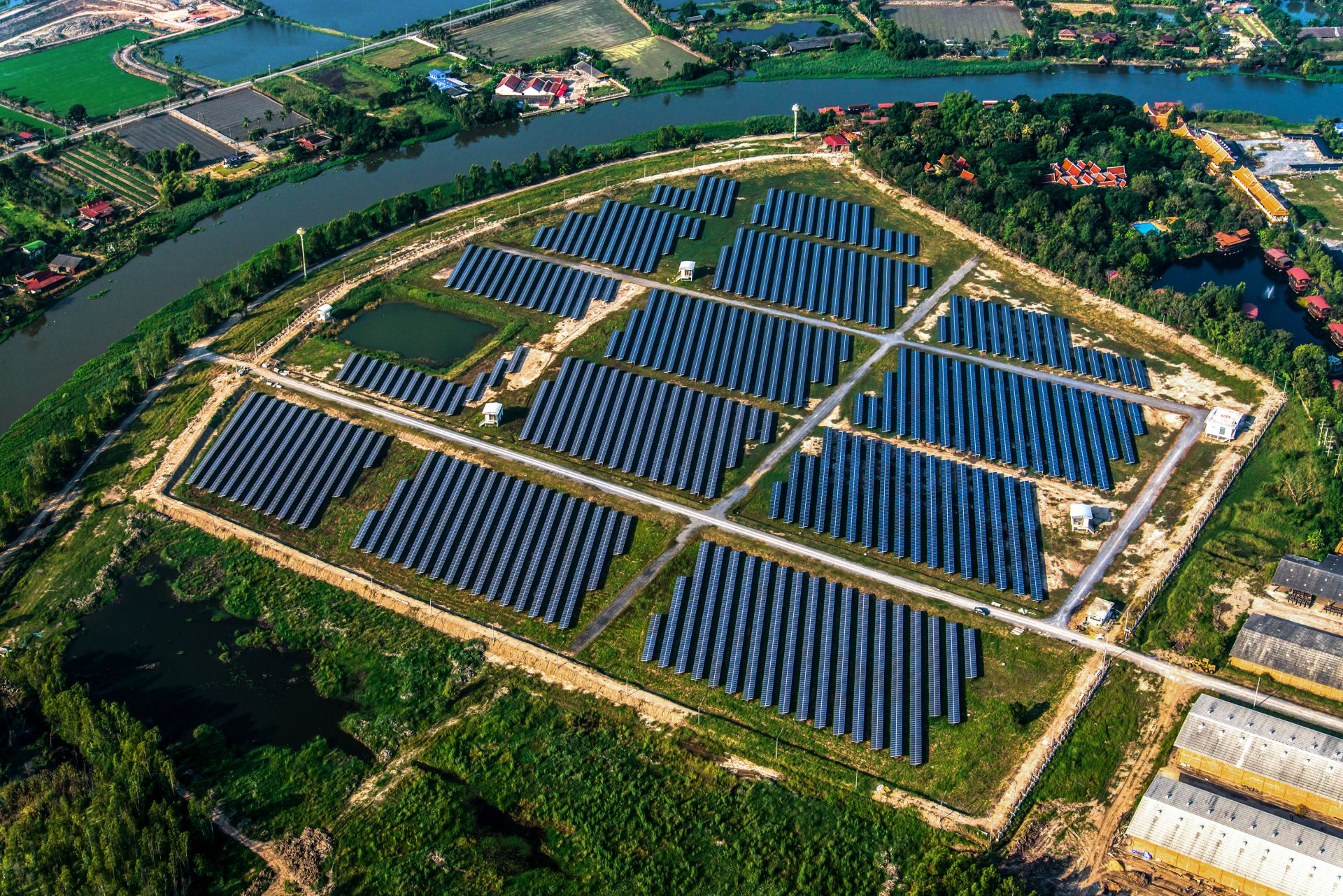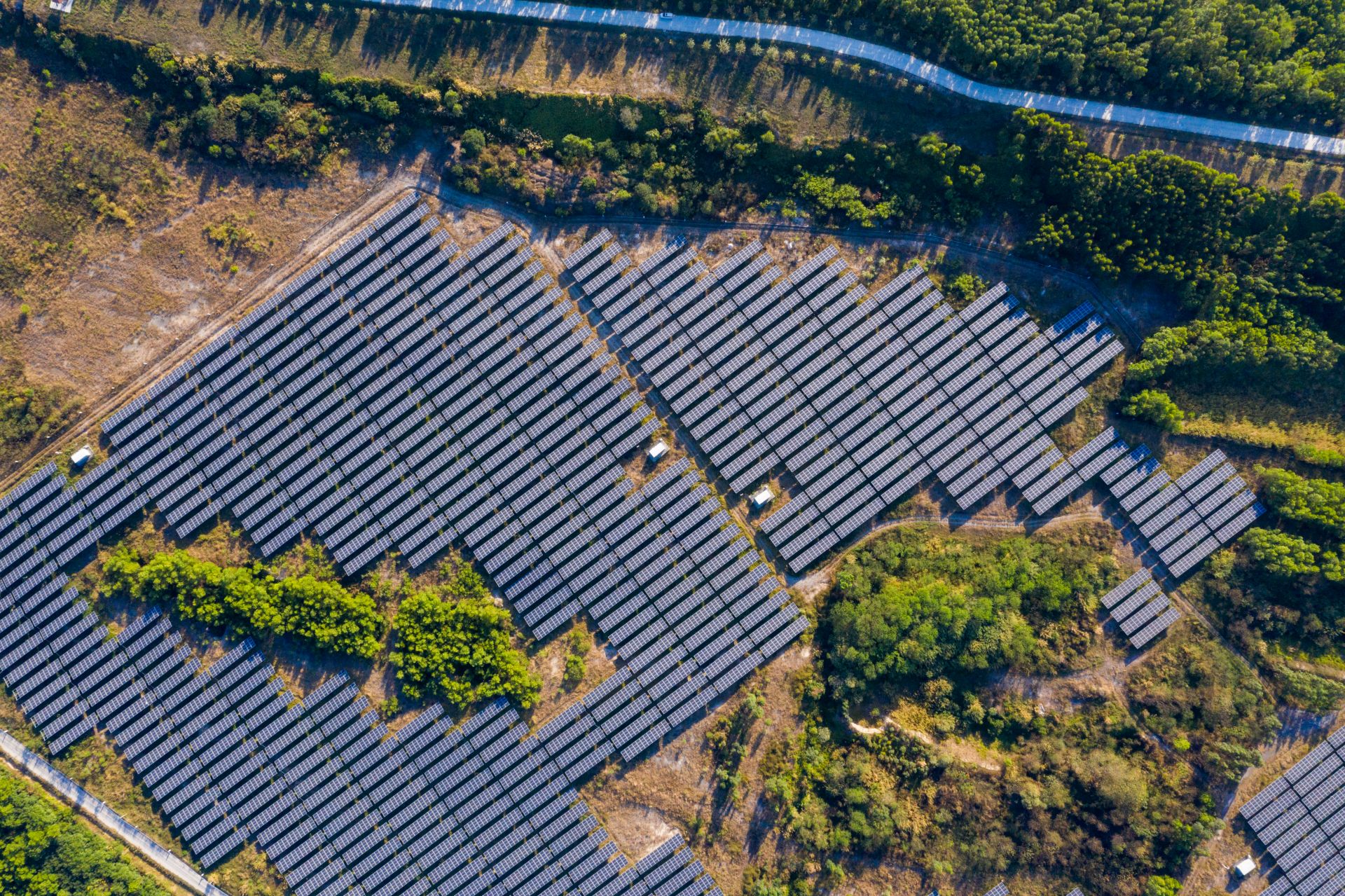Despite the youth of this market, which has operated in Europe since 2011, we can see that electric vehicles are already a reality in the European car fleet.
Day by day, electric cars are gaining in sales over combustion-engine cars, thanks to their consolidation as a sustainable alternative. Moreover, the number of available charging points is steadily growing, with more than 5,000 in operation in Spain. We are even beginning to see ultra-fast charging post infrastructures strategically distributed along the motorways and highways.
Therefore, today we would like to analyze the advantages offered by this method of transport.
Zero emissions
The biggest advantage of these vehicles to date is that electric cars produce no emissions during operation and are therefore considered to be environmentally friendly means of transport. They do not emit CO2 or nitrogen oxides into the atmosphere. They even have no exhaust pipe.
This is what makes the electric car the ideal model for daily driving in and around cities, where most pollution is concentrated. This is a consequence not only of road traffic but also of buildings’ heating, construction sites as well as work machinery.
No emissions is the main benefit we are interested in if we are concerned about the environment and ecology.
Lower running costs
Although the initial investment in an electric car is higher than in a usual one, it tends to be compensated by the lower cost of driving: if the most efficient combustion vehicles have a cost of around 5 or 6 euros per 100 kilometers, in battery-powered cars the cost of use decreases to just 1.5 euros. This is due to the lower price of electricity in comparison to fuel price. Although the prices of such vehicles are different, they are becoming smaller and smaller.
Spanish tax advantages
The zero pollution of electric vehicles also brings a series of fiscal rewards: by receiving the Zero Emissions label from the Dirección General de Tráfico (DGT), they are exempt from paying registration tax. This is already a significant saving, as this tax can be up to 14.75% of the price of the model.
There also are discounts on the payment of the Impuesto de Vehículos de Tracción Mecánica, better known as road tax, although this depends on each city council, but in almost all cities in Spain the discounts are offered and, in the case of Madrid and Barcelona, they are up to 75%.
Almost non-existent maintenance
If we do not count the operating costs of wearable elements, such as brakes or tyres, the maintenance of an electric car is reduced to checking the state of the batteries and electric motors from time to time. So there is no need to change filters, lubricants or various fluids.
Furthermore, as there is no need for a traditional engine and gearbox with clutch, breakdowns of this kind are reduced to practically none: electric vehicles use very few moving parts that are exposed to wear and tear.
Facilities in cities
In Spain, due to the Climate Change Law, all municipalities with more than 50,000 inhabitants are obliged to establish Low Emission Zones (LEZ), where access to the most polluting vehicles is partially restricted, generally on working days and high pollution episodes.
Electric cars, on the other hand, have the DGT’s Zero Emissions label, which allows them to circulate freely in such zones. However, it is important to keep an eye on local regulations, as in Madrid, for example, electric cars must comply with the 70 km/h speed limit on the M-30.
In addition, on certain roads they are also allowed to drive in high occupancy lanes (VAO) even if the driver is traveling alone, which represents a significant saving in travel time.
Parking facilities are also offered in many cities, exempting electric vehicles from parking fees and parking restrictions, including green or blue zones.
Purchase incentives
The Spanish government has encouraged the purchase of electric cars through the MOVES III Plan, which offers grants of up to €7,000 to individuals who purchase an electric car if they also trade in their old car.
This plan will run until 31 December 2023, with an initial budget of 400 million euros.
In addition to these official incentive programmes, the manufacturers themselves offer attractive financing conditions for the purchase of electric vehicles. This is another incentive to buy them and makes them a more affordable investment.
Range on the rise
Research and development of the batteries has significantly improved the energy density and range of the electric vehicles.
While the first electric car of the modern era (2011) only offered 160 kilometers of range, today it is already close to 600 kilometers of range.
Larger network of charging points
As we said at the beginning of our article, the number of charging points is currently expanding rapidly, with more than 5,000 public charging points in Spain, mainly concentrated in cities such as Madrid, Barcelona and Valencia.
In addition to the general increase in the number of urban charging points, we can see more and more fast charging stations on motorways, designed for traveling, such as the almost 400 that the IONITY consortium has throughout Europe. These are high-capacity posts, with a power of up to 350 kW, allowing us to charge the batteries in record time. They use the CCS charging standard, which is most widespread among European, American and Korean electric models.
Fortunately, home charging has also improved by leaps and bounds, as most electric vehicles are compatible with our home socket, although it has only limited power and will take longer to charge.
The home chargers are even more interesting. LRP Energy can offer you such solutions. The operation of such systems is so simple that you can use it not only for your electric vehicle but also for any other electrical device you need.
Disadvantages and drawbacks
It is also important to be aware of the downsides of such investment, so here are the disadvantages that still exist in electric models.
Although the increase in range is being continuously developed, the average is usually between 150 and 450 km. Taking the average charging time as well as long journeys as our main car use into account, those figures seem to be very low.
We should also bear in mind that this type of vehicle achieves lower top speeds than traditional combustion vehicles do. Although this seems not to be a decisive point for all the drivers.
We have already mentioned that one of the advantages of electric cars is that they have fewer parts. However, this fact is also likely to become a major disadvantage especially when it comes to finding a specialized workshop. As the proliferation of this type of vehicle is not yet so widespread, not too many mechanics know how to fix the faults. In addition, due to the limited number of vehicles in the national automotive universe, obtaining parts can be complicated, and it may even be necessary to import the components.
After this analysis of the advantages and disadvantages of electric vehicles, what do you think of such car models? Do you think they fit your driving style?







